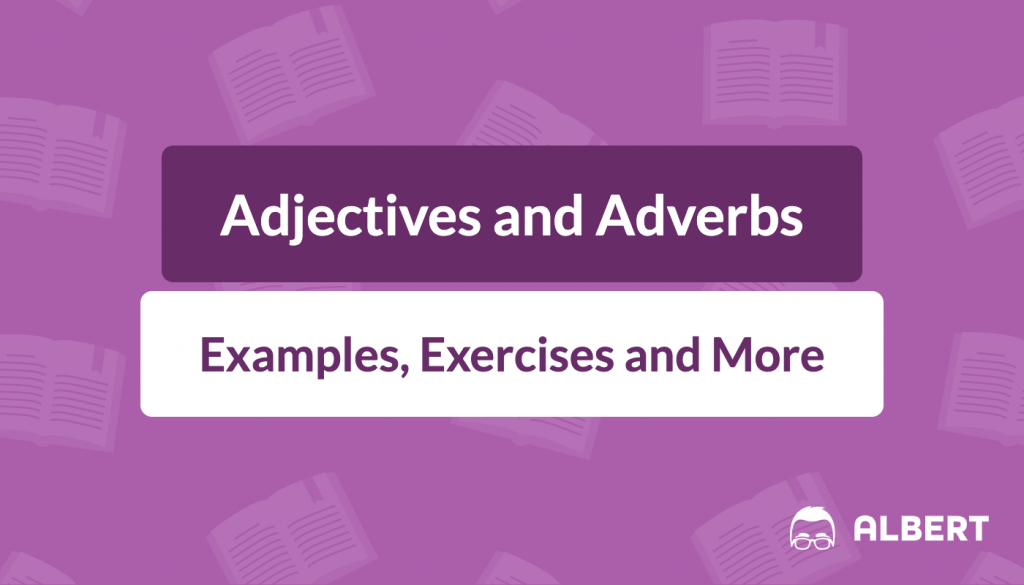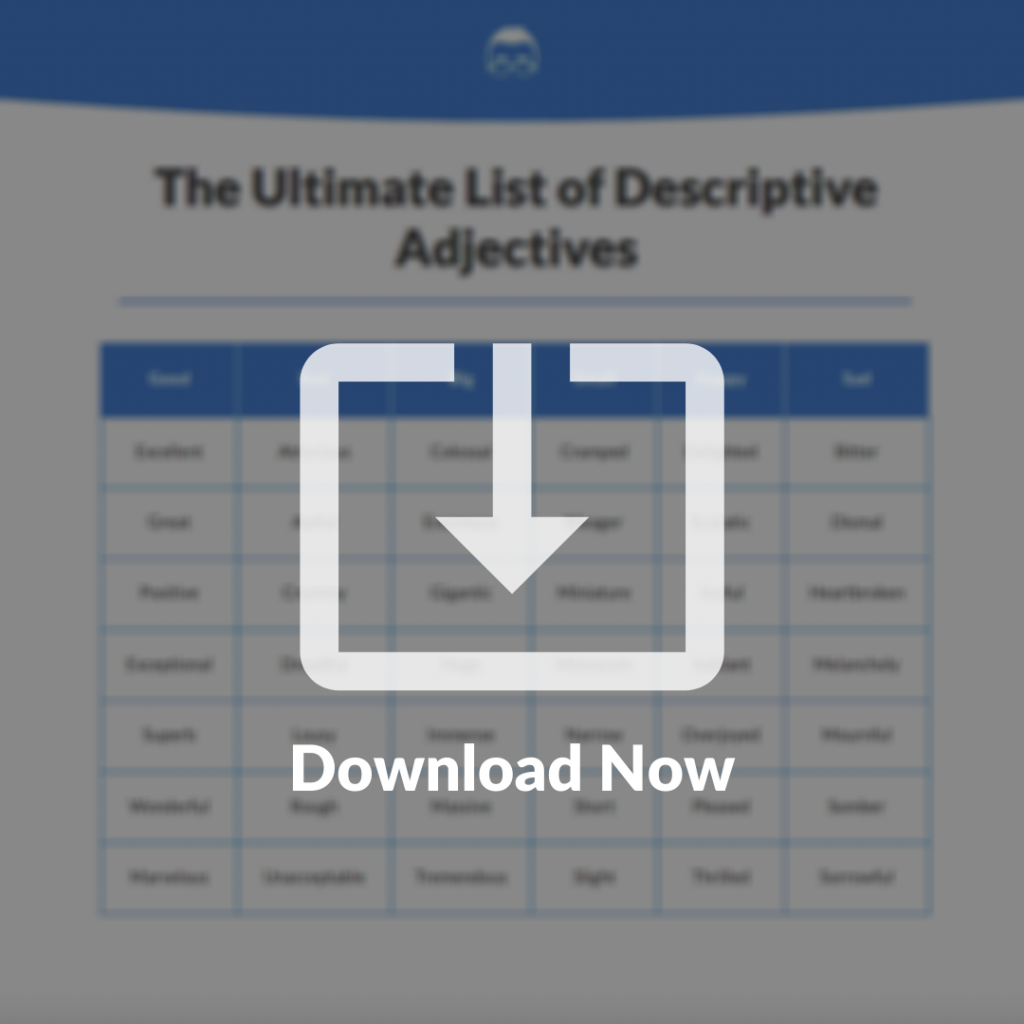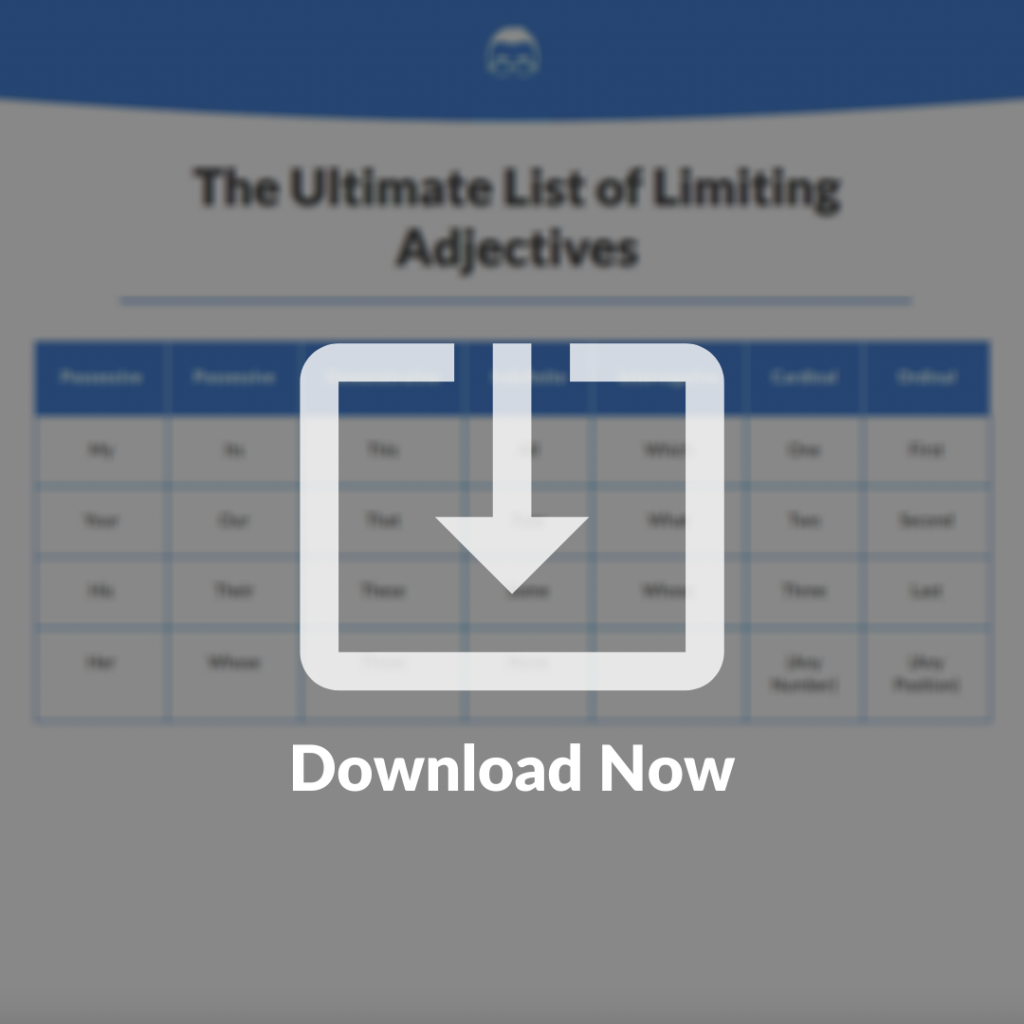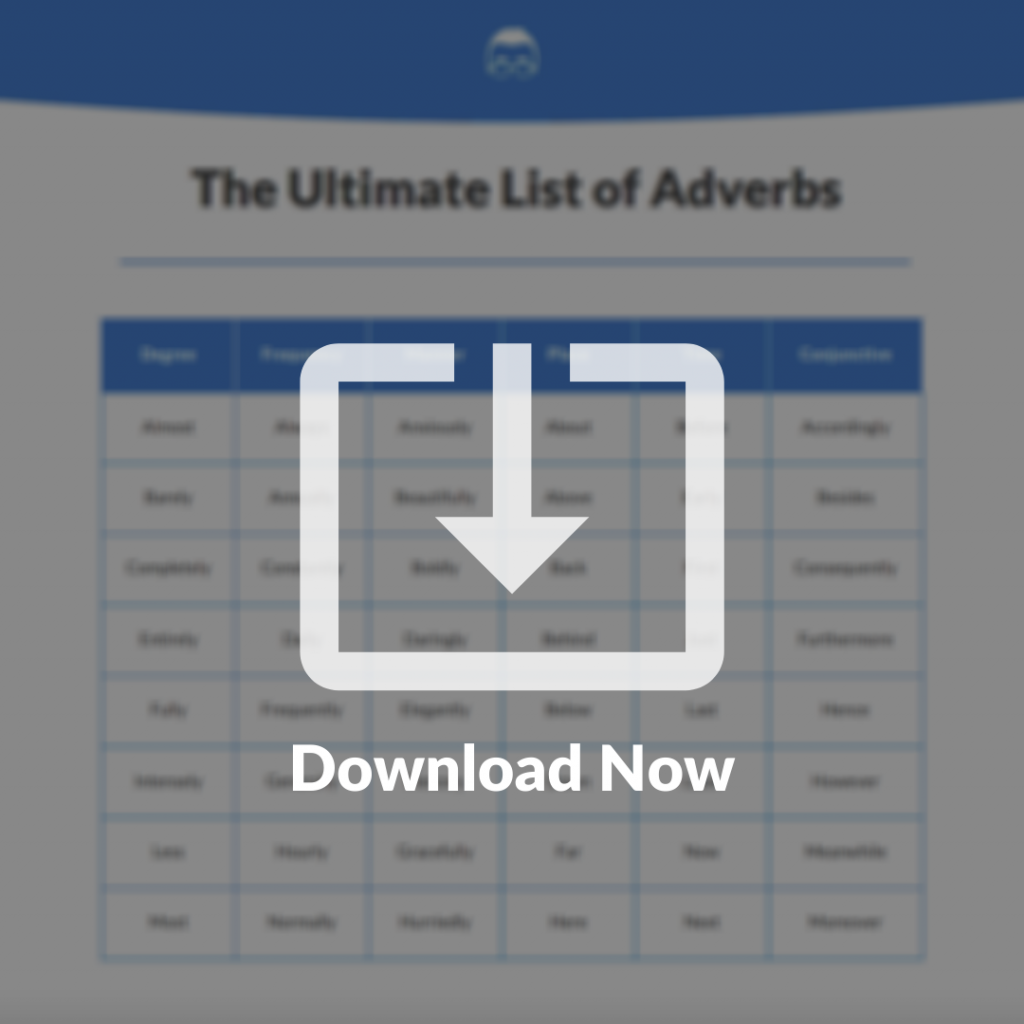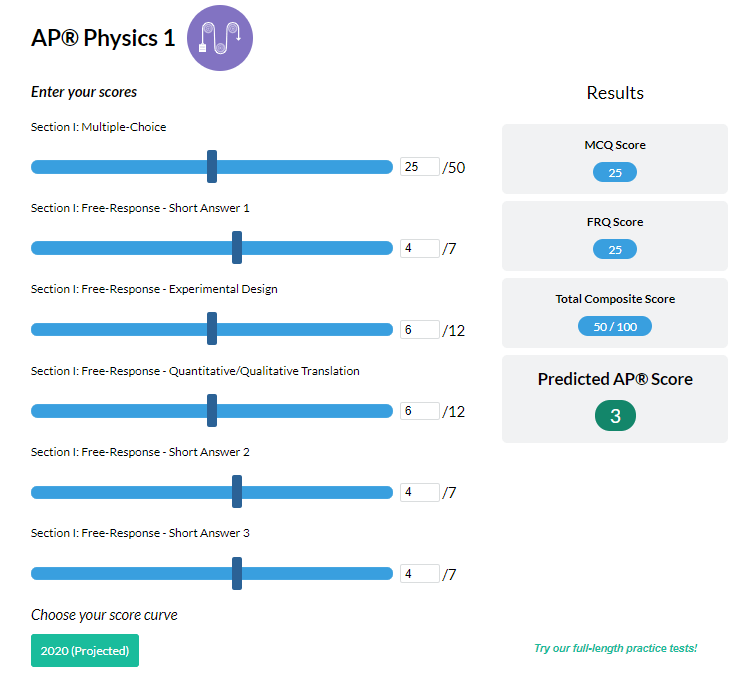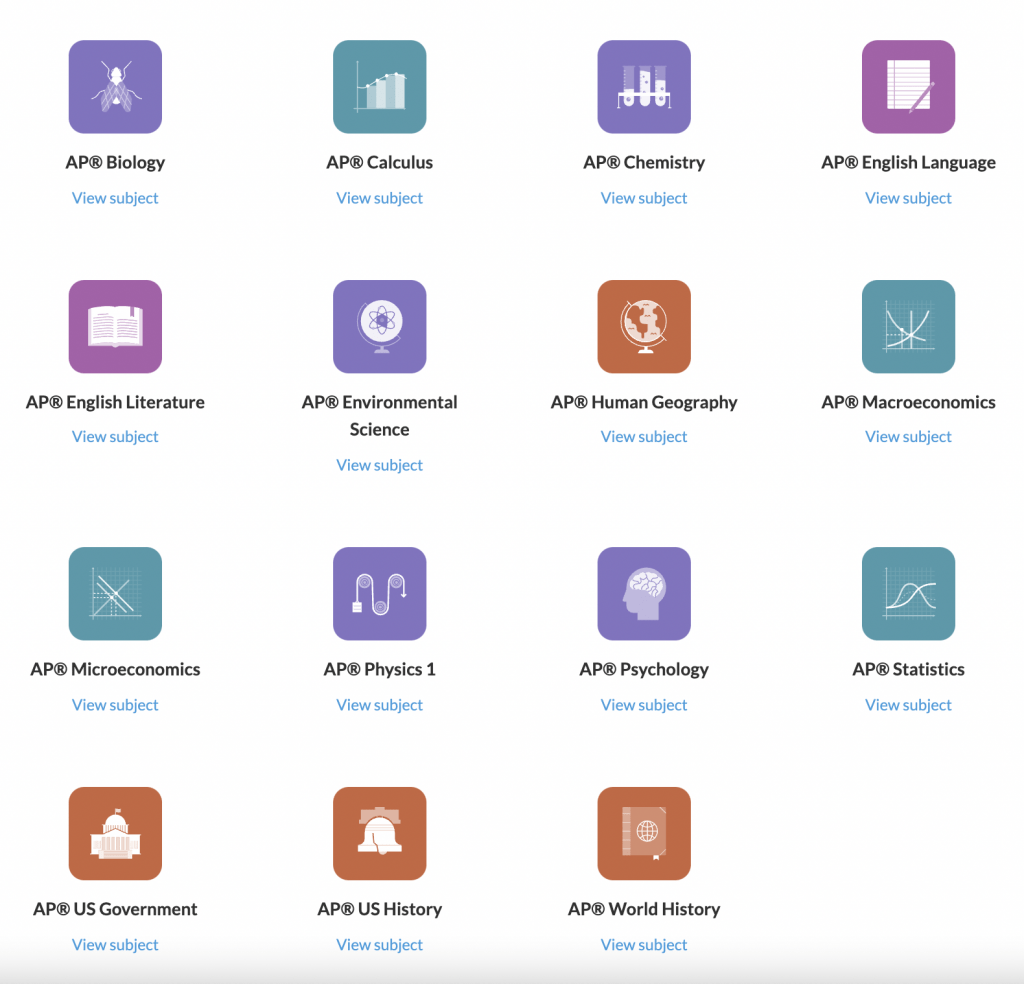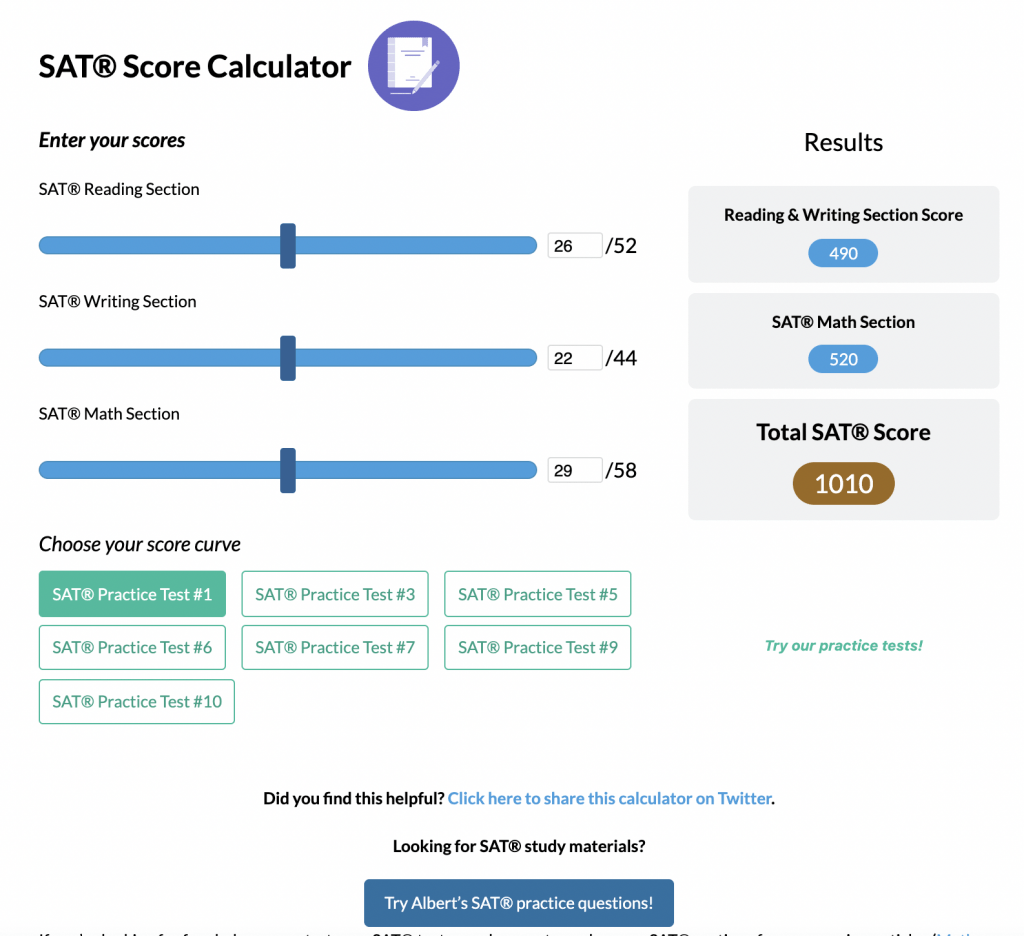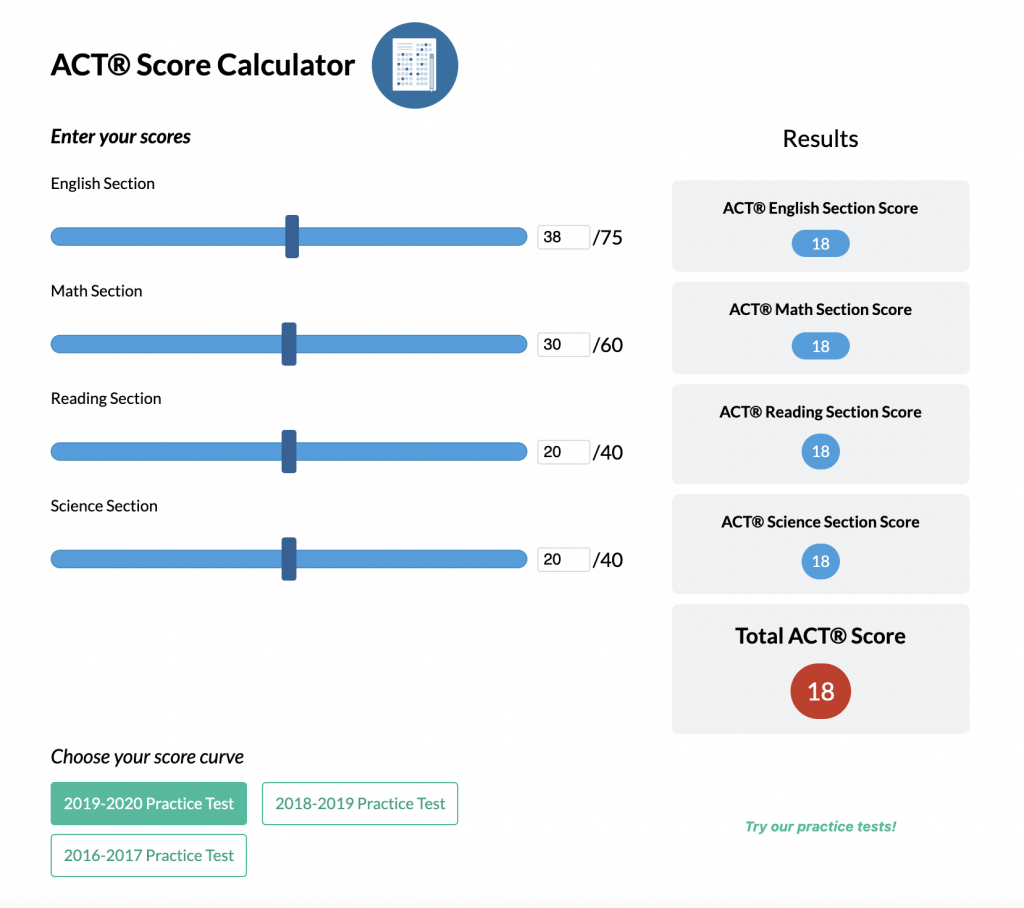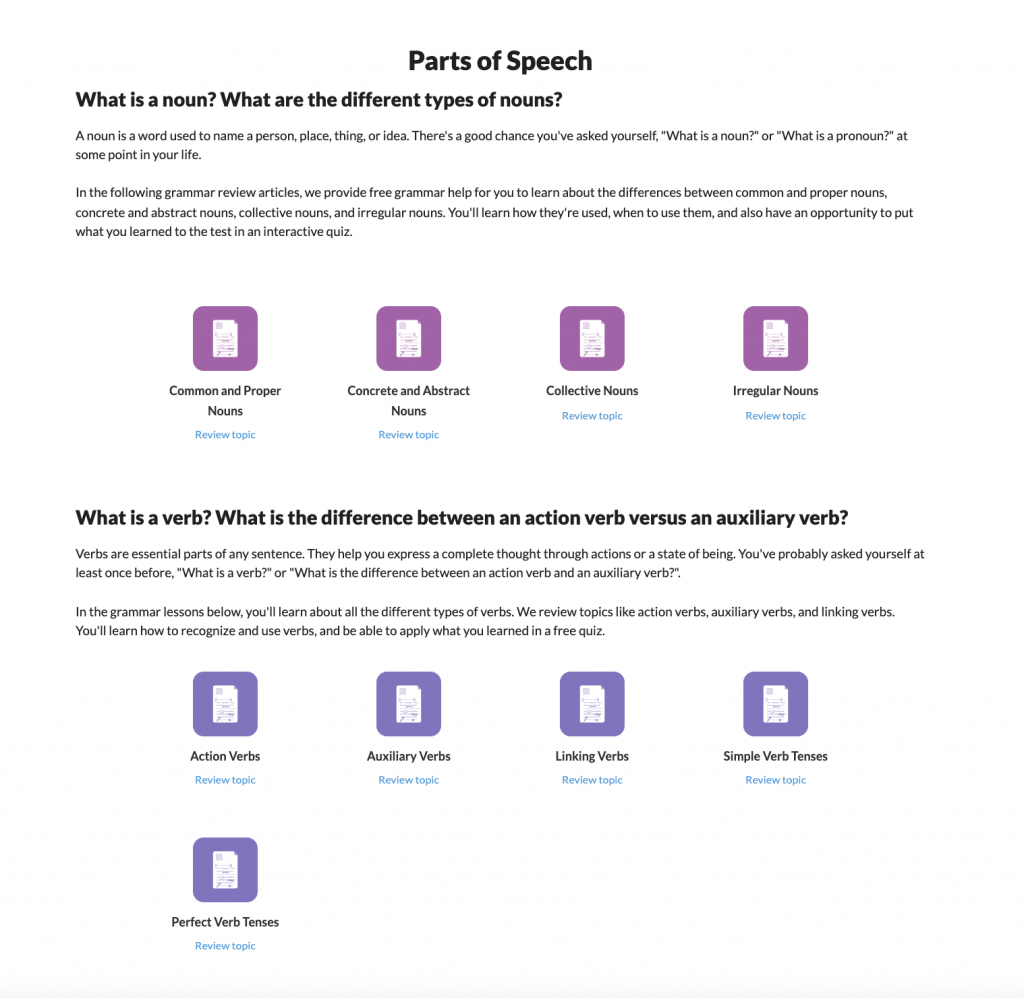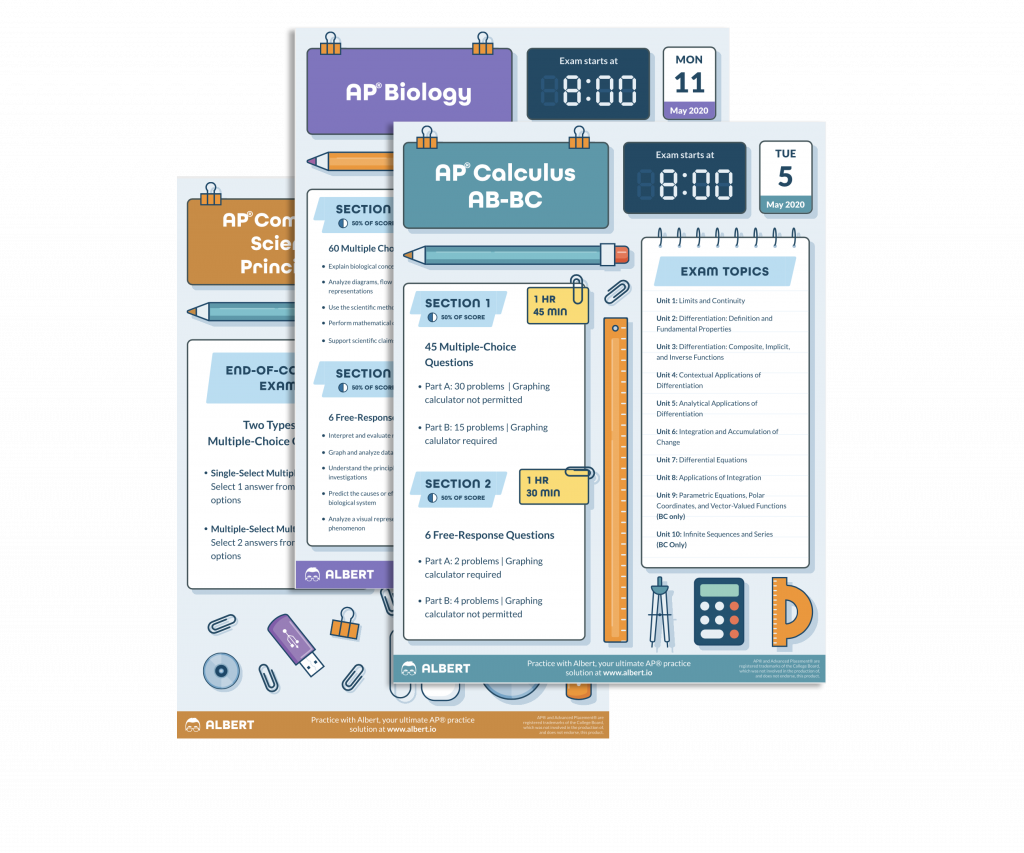Adjectives and adverbs serve a similar purpose in writing, they are both modifiers. They can sometimes be confused for one another, but with a little practice, adjectives and adverbs can quickly be mastered.
In this post we’ll review what adjectives and adverbs are, the types of adjectives and adverbs, and how to use them effectively in a sentence.
After reviewing the information below, test yourself with a post-assessment quiz and practice with our high quality, standards-aligned questions here.
What We Review
The Basics of Adjectives
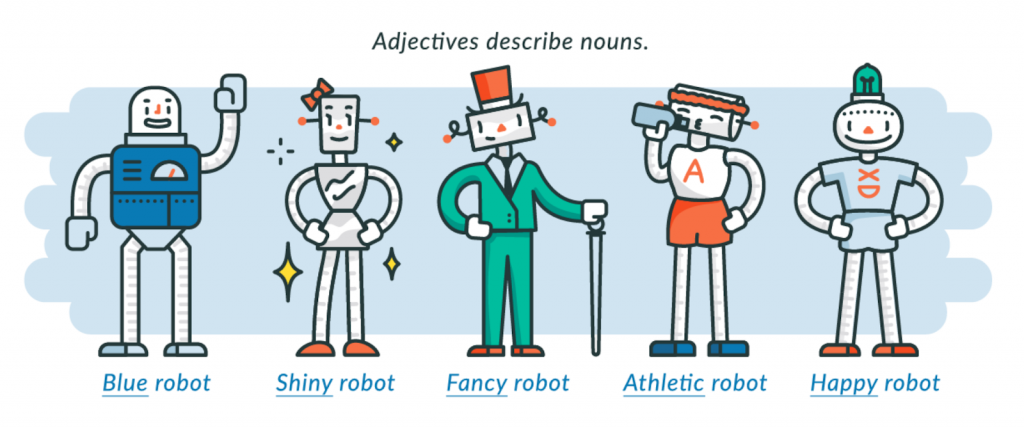
What is an Adjective?
Adjectives are words or word sets that modify (describe) a noun or pronoun. There are several different types of adjectives.

Types of Adjectives
Descriptive Adjectives
Descriptive adjectives describe qualities of a noun or pronoun and are the most commonly used type of adjective. There are two main types of descriptive adjectives: Attributive Adjectives and Predicate Adjectives.
Attributive Adjectives
Attributive adjectives are words, clauses, or phrases used directly before or after the noun or pronoun they are modifying and describe a quality of the word being modified.
- I bought berry pie when I went to the grocery store.
The word berry is modifying, or describing the type of pie. The word grocery is modifying the type of store.
- The snowflakes made my nose cold.
The word cold is modifying the word nose by describing it. In this example, the attributive adjective directly follows the noun being described.
Predicate Adjectives
Predicate adjectives are words, phrases, or clauses that modify the subject of a sentence or clause following a linking verb. They are called predicate adjectives because they are part of the sentence predicate.
- That building is gigantic!
The word gigantic is modifying the word building by describing its size following the linking verb is.
Coordinate Adjectives
Coordinate adjectives are two or more adjectives that work together to modify the same noun.
When using coordinate adjectives, commas or the word “and” must be used to separate the adjectives because each adjective is describing the noun.
- The energetic, mischievous Luna is our pet Husky.
The words energetic and mischievous are working together to describe Luna. If the comma was replaced with the word and, or the adjectives were reversed, it would not change the meaning of the sentence.
- The energetic and mischievous Luna is our pet Husky.
- The mischievous, energetic Luna is our pet Husky.
If your sentence doesn’t make sense, or the meaning is changed if you replace the comma with the word “and” or reverse the adjectives, you are probably using cumulative adjectives.
Cumulative Adjectives
Cumulative adjectives are two or more adjectives that have a building effect on the word being described, and the order of the adjectives are important to the overall meaning. Commas and/or the word “and” are not used with cumulative adjectives.
- That crazy large crimson Husky is our pet Luna.
In this sentence, the words crazy, large, and crimson are not independent descriptions of the noun. They work as a unit to describe the noun.
In this case, crimson is modifying Husky, large is modifying ‘crimson Husky’, and crazy is modifying ‘large crimson Husky’.

Limiting Adjectives
Limiting adjectives define nouns or pronouns by restricting them rather than describing them. They can be used to point out a specific object, set a number limit, and more.
There are nine types of limiting adjectives. We will review eight of these types, and the ninth type, Definite and Indefinite Articles, will be covered in another post.
Possessive Adjectives
Possessive Adjectives modify nouns by showing possession or ownership. Some of the most common possessive adjectives are: my, your, his, her, its, our, and their.
- I went to my room for some peace and quiet.
In this sentence, the word my is modifying the word room. It is possessive because it is showing ownership over the room.
- He went to the store to buy his groceries for the week.
In this sentence, the word his is modifying the word groceries. It is possessive because it is showing ownership over the groceries.
Demonstrative Adjectives
Demonstrative Adjectives are the same four words that make up demonstrative pronouns: this, that, these, and those, but used to modify nouns or noun phrases by indicating the position of the noun. This and that are used for singular nouns, and these and those are used for plural nouns.
- This restaurant is my favorite!
In this sentence, the word this is modifying the word restaurant. It is indicating that the singular noun, restaurant, is in close proximity to whomever is making the statement.
- Those buildings have a unique style.
In this sentence, the word those is modifying the word buildings. It is indicating that the plural noun, buildings, are at a further proximity to whomever is making the statement.
Indefinite Adjectives
Indefinite Adjectives are similar to indefinite pronouns, except that they modify nouns, pronouns, or noun phrases by describing an amount of them in a non-specific way.
- Many tourists visit the ancient ruins when visiting the Yucatán Peninsula.
Here, the word many is modifying the plural noun tourists. It is indicating that there are a large number of visitors, but it does not indicate a specific number.
- You will have a few minutes to complete the assessment.
In this sentence, the word few is modifying the noun minutes. It is indicating that there are only a small number of minutes, but it does not indicate a specific number.
Interrogative Adjectives
Interrogative adjectives are similar to interrogative pronouns, except they modify a noun or noun phrase by asking a question.
These are also known as interrogative determiners. There are three interrogative adjectives: What, Which, and Whose.
- Which subject is your favorite?
- What cuisine do you enjoy the most?
- Whose car is parked in front of the store?
In all of these examples, the interrogative adjective is asking a question about the subject, cuisine, and car.
Cardinal Adjectives
Cardinal Adjectives modify a noun by indicating a specific number of that noun.
- I have four books I want to read.
- There are nine classrooms down that hallway.
In these examples, the cardinal adjective is indicating a specific number of books and classrooms.
Nouns used as Adjectives
A noun can be used as an adjective when it is describing or specifying another noun.
- The game convention was sold out this year.
- That news reporter asked great questions.
In these examples, the nouns game and news are being used as adjectives to describe the type of convention and reporter.
Proper Adjectives
Proper Adjectives work the same way as nouns used as adjectives when the noun is a proper noun. Proper adjectives are capitalized just like proper nouns are.
- He wrote his play in a Shakespearean style.
- I could really go for a Caribbean getaway.
In these examples, the proper nouns Shakespearian and Caribbean are being used as adjectives to describe the type of style and getaway.
The Basics of Adverbs
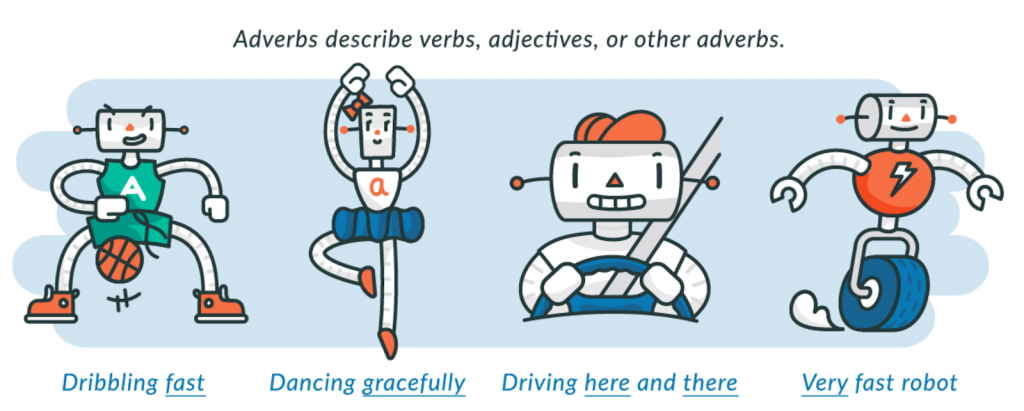
What is an Adverb?
Adverbs are words or sets of words that modify (describe) verbs, adjectives, or other adverbs. There are five main types of adverbs: degree, frequency, manner, place, and time.
Also, an adverb can be used as a conjunction when connecting ideas. These are called conjunctive adverbs, and will be discussed after reviewing the five main types of adverbs.

5 Main Types of Adverbs
Adverbs of Degree
Adverbs of degree tell us about the intensity of a verb, adverb, or adjective in a sentence. They tell us how much, or to what extent an action has been or will be done. When used to modify an adjective, they tell how much about a quality.
Modifying a verb:
- They are almost finished with their homework.
For this sentence, the adverb almost is modifying the verb finished.
Modifying an adverb:
- The car is moving too quickly for the bicycle to keep up.
Here, the adverb too is modifying the adverb quickly, which are working together to modify the verb moving.
Modifying an adjective:
- The pasta was extremely spicy.
In this sentence, the adverb extremely is modifying the adjective spicy, which are working together to modify the noun pasta.
Adverbs of Frequency
Adverbs of frequency tell us how often a verb is occurring. These adverbs usually appear between the subject and the verb, but they may appear at the beginning or end of the sentence.
Adverbs of frequency may be single words, phrases, general or specific.
Here, we will look at one sentence stem using a variety of adverbs of frequency:
- She occasionally volunteers at the animal shelter.
- Occasionally, she volunteers at the animal shelter.
- She volunteers at the animal shelter occasionally.
Adverbs of Manner
Adverbs of manner tell us how something is done. These are the most common adverbs, which primarily modify verbs, and end with an ‘ly’.
These adverbs are generally located after a verb or at the end of a verb phrase, but can appear before the verb or verb phrase.
- She stepped softly on the stairs.
- She softly stepped on the stairs.
Adverbs of Place
Adverbs of place tell us more about where a verb is taking place. They generally are located after the main verb or direct object of a sentence and are only used to modify verbs.
- I went there to find that popular holiday gift.
- On Black Friday, there are desperate parents everywhere!
Adverbs of Time
Adverbs of time tell us when a verb takes place. Adverbs of time are similar to adverbs of frequency, but they more explicitly say when, not how often. They can be located at the beginning or end of a sentence.
- I can’t wait to go on vacation tomorrow.
- Yesterday, she was able to walk home in the nice weather.
Conjunctive Adverbs
Conjunctive Adverbs connect two independent clauses or sentences with a transition word to show the relationship between one idea and the next.
The relationship between the two independent clauses show transitioning information that is: additional, contrasting, emphasising, resulting, or sequential. Conjunctive adverbs are often confused with coordinating conjunctions.
While coordinating conjunctions join two independent clauses, they require a comma before the conjunction and must be located where the two independent clauses meet.
Conjunctive adverbs are transitions, and they can be used at the beginning, middle, or end of a single independent clause.
A conjunctive adverb can be positioned a number of ways within the two independent clauses where a transition is being shown. Depending on where the transition word is being placed, different punctuation rules apply.
Pay close attention to the punctuation in the following sentences. All examples are correct ways to use coordinating adverbs:
- They searched for five hours. However, they could not find the extra set of car keys.
- They searched for five hours. They could not, however, find the extra set of car keys.
- They searched for five hours. They could not find the extra set of car keys, however.
- They searched for five hours; however, they could not find the extra set of car keys.
- They searched for five hours; they could not, however, find the extra set of car keys.
Pro Tip: Avoid a comma splice! Make sure you are able to identify two independent clauses when combining them with a coordinating adverb.
If you are making one sentence, there must be a semicolon before the coordinate adverb, and a comma after the coordinate adverb.
- Incorrect Example: They did not complete their chores today, consequently they could not go to the party.
- Correct Example: They did not complete their chores today; consequently, they could not go to the party.
In the incorrect example, the two independent clauses are combined with a coordinate adverb, but there is only a comma before the adverb.
In the correct example, there is a semicolon after the first clause, before the coordinating adverb, and a comma after the adverb.
Refer to Albert’s blog posts on commas and semicolons for more information on the use of commas and semicolons.
3 Tips for Recognizing and Using Adjectives and Adverbs
Tip #1: Know how to use the words ‘Good’ and ‘Well’
The words good and well are often misused.
- Good is an adjective.
- Well is an adverb that answers the question how. However, when discussing physical health, well is used as an adjective. When describing someone’s emotional state, use the word good.
Ask yourself what word am I modifying?
Look at the following examples:
- The flowers smell good.
Good is a predicate adjective modifying the noun flowers.
- He ran well today.
Well is an adverb modifying the verb ran.
- I feel good. — I feel well.
These are the most questioned uses of good and well. Which is correct? The answer is that BOTH can be correct!
- If someone asks you, “How do you feel?”, think about the context in which it’s being asked. Have you been sick? If so, you would want to use well in your response to indicate that you are not sick anymore. Have you been down or sad recently? If so, you would want to use good in your response to indicate that you are not sad now.
Tip #2: Know what word you want to modify
The location of a modifier can impact the meaning of the sentence and whether or not the modifier is an adjective or adverb.
The series of sentences below all mean different things depending on where the modifier is located.
- Even the dog avoided the meatloaf.
- The dog even avoided the meatloaf.
- The dog avoided even the meatloaf.
In the first sentence, the word even is modifying ‘the dog’, suggesting that a number of people avoided the meatloaf, including the dog.
In the second sentence, the word even is modifying the verb ‘avoided’, suggesting that the dog is avoiding a number of things, including the meatloaf.
In the third sentence, the word even is modifying ‘the meatloaf’, suggesting that the dog wouldn’t normally avoid the meatloaf, and something might not be right with the dog.
Tip #3: Always pay attention to words ending with ‘ly’
Most adverbs are well known for ending with the letters ‘ly’. Adding ‘ly’ to the end of an adjective very often changes that adjective to adverb.
- Note: depending on the ending of the adjective, some other rules will apply when converting the adjective to an ‘ly’ adverb. This is not a foolproof method of identifying an adverb, but it’s a good indicator that you should look at that word more closely.
As always, look closely to see what job the word is doing.
- That boy is silly.
In this sentence, the word silly is describing the boy, so this ‘ly’ word is an adjective.
- The assembly was held at the end of the day.
In this sentence, the word assembly is an event, so this ‘ly’ word is a noun.
- Knowing the job of a word will help you to identify which part of speech it is in a sentence.
Applying the Basics: Adjective and Adverb Review & Practice
Now that you understand what adjectives and adverbs are, and how to use them properly in a sentence, let’s practice identifying them and checking for proper usage.
Remember, adjectives are words that modify nouns and pronouns. They help to describe or tell us more about those nouns and pronouns. Adverbs are words that modify verbs, adjectives, and other adverbs.
They help to describe or tell us more about those verbs, adjectives, and other adverbs.
The Ultimate List of Descriptive Adjectives
*Please note that this list does not include all descriptive adjectives.
The Ultimate List of Limiting Adjectives
*Please note that this list does not include all limiting adjectives.
The Ultimate List of Adverbs
*Please note that this list does not include all adverbs.
Adjectives Exercises & Review
Complete the quick exercise below to assess your mastery of adjectives.
Select the adjective(s) in the sentences below. Remember, an adjective is a word that modifies a noun or pronoun. Adjectives can be descriptive or limiting
1. The ornate yellow house on the corner was the last house built in a Victorian style.
- Ornate modifies ‘yellow house’
- Yellow modifies house
- Last modifies house
- Victorian modifies style
2. Those younger kids with the soccer ball were slow getting to their homes by curfew.
- Those modifies ‘younger kids’
- Younger modifies kids
- Soccer modifies ball
- Slow modifies ‘those younger kids’
- Their modifies homes
3. My childhood home always brings back wonderful memories of good times with my family.
- My modifies ‘childhood home’
- Childhood modifies home
- Wonderful modifies memories
- Good modifies times
- My modifies family
4. The first time they won a basketball game, his team celebrated with a pizza party.
- First modifies time
- Basketball modifies game
- His modifies team
- Pizza modifies party
5. Which hotel from our tour of Western Europe was your favorite?
- Which modifies hotel
- Our modifies tour
- Western modifies Europe
- Your modifies favorite
For additional practice, check out the Adjective content on Albert.
Adverbs Exercises & Review
Complete the quick exercise below to assess your mastery of adverbs.
Select the adverb(s) in the sentences below. Remember, an adverb is a word that modifies a verb, adjective, or other adverbs.
1. My teacher usually gives too much homework every Friday; consequently, the weekends barely have time for relaxation.
- Usually modifies gives
- Too modifies much
- Every Friday modifies gives
- Consequently is a conjunctive adverb transitioning between two independent clauses
- Barely modifies have
2. The newly elected mayor wisely adopted a law that fairly punished swimmers at the beach if they littered there.
- Newly modifies elected
- Wisely modifies adopted
- Fairly modifies punished
- There modifies littered
3. The young girl always completes her work first; she could usually, therefore, enjoy her evenings.
- Always modifies completes
- First modifies completes
- Usually modifies enjoy
- Therefore is a conjunctive adverb transitioning between two independent clauses
4. Yesterday, the group of boys boldly approached the cliff’s edge and sprang fearlessly into the lake below.
- Yesterday collectively modifies the verbs in the sentence
- Boldly modifies approached
- Fearlessly modifies sprang
- Below modifies sprang
5. Normally, I struggle frantically to clean my room quickly, and my mom eventually tells me to do it again.
- Normally modifies struggle
- Frantically modifies struggle
- Quickly modifies clean
- Eventually modifies tells
- Again modifies do
For additional practice, check out the Adverbs & Conjunctive Adverbs content on Albert.
Try for Yourself: Adjective & Adverb Quiz
Feeling confident in your understanding of adjectives and adverbs?
Take this short quiz to see what you’ve learned:
1. Do adjectives or adverbs modify nouns and pronouns?
- Answer: Adjectives
- Correct Explanation: That’s right! Adjectives modify nouns and pronouns. Adverbs modify verbs, adjectives, and other adverbs.
- Incorrect Explanation: Sorry, that’s not right. Remember, Adverbs modify verbs, adjectives, and other adverbs. Adjectives modify nouns and pronouns.
2. Should the following sentence use the word good or well?
I didn’t sleep very (good/well) last night.
- Answer: Well
- Correct Explanation: That’s right! Since the being modified is a verb, sleep, the modifier needs to be an adverb. Well is an adverb and good is an adjective.
- Incorrect Explanation: Sorry, that’s not right. Remember, since the word being modified is a verb, sleep, the modifier needs to be an adverb. Well is an adverb and good is an adjective.
3. Which of the following sentences is accurately punctuated for the conjunctive adverb?
A. You must complete your dinner, otherwise; you won’t get desert.
B. You must complete your dinner; you won’t get desert, otherwise.
- Answer: B
- Correct Explanation: That’s right! When using a conjunctive adverb, a semicolon must separate the two independent clauses, and the conjunctive adverb must be offset with a comma.
- Incorrect Explanation: Sorry, that’s not right. Remember, a conjunctive adverb can be placed in various locations after the first independent clause, but you still must use a semicolon at the end of the first independent clause, and the conjunctive adverb must be offset with a comma.
4. Does the underlined section of the sentence below use cumulative adjectives or coordinate adjectives?
The wooden roller coaster was the first big ride at the theme park.
- Answer: Cumulative Adjectives
- Correct Explanation: That’s right! Cumulative adjectives build off one another. Their placement cannot be changed, and they are not separated by a comma.
- Incorrect Explanation: Sorry, that’s not right. Remember, coordinate adjectives equally modify a noun. They must be separated by a comma or the word ‘and’. Cumulative adjectives build off one another. Their placement cannot be changed, and they are not separated by a comma.
5. Does the following sentence use a descriptive or limiting adjective?
Most students ride the bus to school.
- Answer: Limiting Adjective
- Correct Explanation: That’s right! The adjective ‘Most’ is an indefinite adjective describing an amount in a non-specific way. Indefinite adjectives are limiting adjectives.
- Incorrect Explanation: Sorry, that’s not right. Descriptive adjectives describe a ‘quality’ of a noun or pronoun. ‘Most’ is an indefinite adjective describing an amount in a non-specific way. Indefinite adjectives are limiting adjectives.
6. Which answer is the best choice to make the underlined portion of the following sentence accurate?
The kids responded excited when they were told about the field trip.
A. respond excited
B. responded excitedly
- Answer: B
- Correct Explanation: That’s right! The word excited is meant to be an adverb modifying the verb responded. Changing excited to excitedly makes the sentence accurate.
- Incorrect Explanation: Sorry, that’s not right. Changing the tense of ‘responded’ to ‘respond’ makes the sentence further incorrect, as the rest of the sentence uses the past tense. For this sentence, the word excited is meant to be an adverb modifying the verb responded. Changing excited to excitedly makes the sentence accurate.
For additional practice with adjectives and adverbs, check out our practice on Albert.io: Adjectives, Adverbs, and Conjunctive Adverbs
Teacher’s Corner for Adjectives and Adverbs
While it’s true that adjectives and adverbs are a foundational grammar skill, the Common Core English Language Progressive Skills Chart shows that even elementary-level skills “require continued attention in higher grades as they are applied to increasingly sophisticated writing and speaking.”
For specific standards addressing adjectives and adverbs, check out the Common Core State Standards site!
Albert’s adjectives, adverbs, and conjunctive adverbs practice can be used for much more than homework!
Our assessments can be used as pre-and post-tests to measure student progress. Our pre-made quizzes can be used as bell-ringers, exit tickets, and more!
In addition to our pre-made assessments, you can also use our assignments feature to create your own quizzes and assessments.
Summary on Adjectives and Adverbs
An Adjective is a word that modifies a noun or pronoun. The two main types of adjectives are Descriptive Adjectives and Limiting Adjectives.
An Adverb is a word that modifies a verb, adjective, or other adverb. There are five main types of adverbs: Degree, Frequency, Manner, Place, and Time. Additionally, Conjunctive Adverbs are used to connect two independent clauses with a transitioning word.
Adjectives and adverbs are words we often see and use in our writing. Make sure you check your work carefully and know what the job these modifiers are doing when deciding what adjectives and adverbs to use.
Practice makes perfect! Use our Adjectives, Adverbs, and Conjunctive Adverbs practice on Albert’s grammar course!
Need help preparing for your Grammar exam?
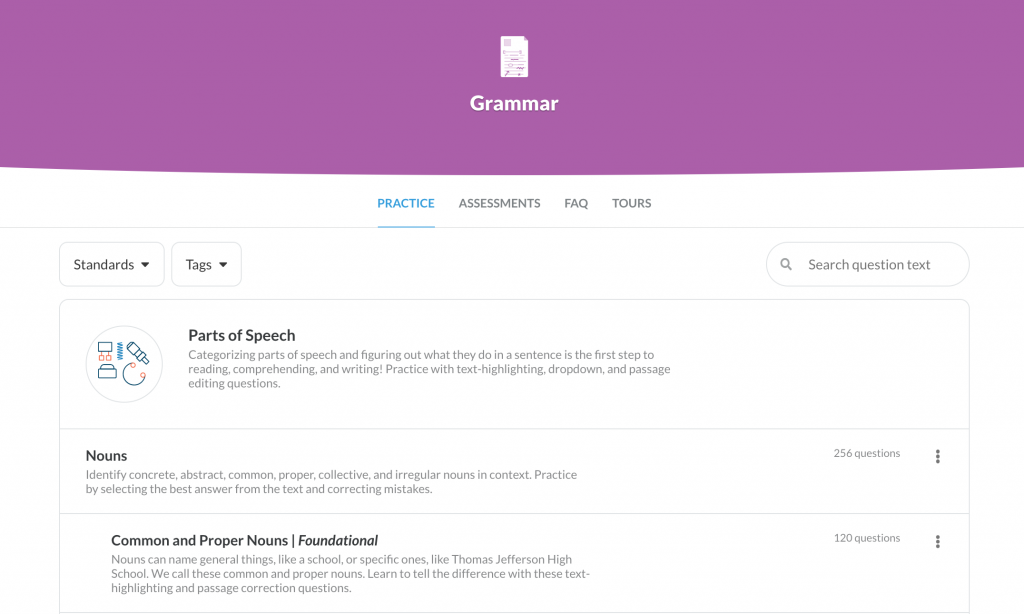
Albert has hundreds of grammar practice questions with detailed explanations to help you master concepts.

